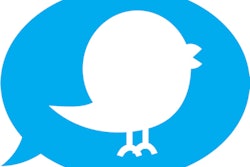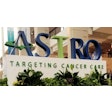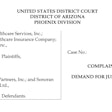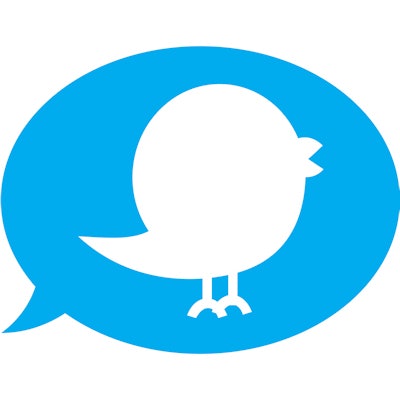
Looking for a way to boost hits from your facility's Twitter account? Try enlisting your colleagues in promoting your tweets. An article published March 3 in the Journal of the American College of Radiology found that web traffic went up when people promoted journal articles with their personal Twitter accounts.
A research group led by Dr. Matthew Hawkins of Emory University wanted to assess the effects of different Twitter strategies in generating traffic to JACR articles on the journal's webpage. In particular, they wanted to test the conclusion that promoting an article on social media does not result in a measurable increase in page views, as stated by Fox et al in 2015 in Circulation (JACR, March 3, 2017).
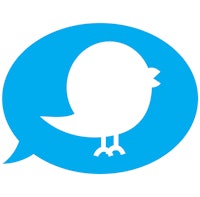
Hawkins and colleagues theorized that enlisting individuals to use their own Twitter accounts to promote journal articles might be more effective than having the journal simply tweet links to articles with its own Twitter account. So they set up a three-arm study in which journal articles were randomized to different social media promotional strategies:
- A control group, in which JACR articles received no social media activity
- A "basic Twitter" intervention group, in which JACR articles were promoted through a single tweet sent by the journal's Twitter account, @JACRJournal
- An "enhanced Twitter" intervention group, in which JACR articles were assigned to one of four teams, consisting of four individuals of whom three were members of the JACR editorial board; participants were told to tweet only once about each article, but they could compose tweets as they wished and could reply to those who engaged with the tweet
The actions of the enhanced Twitter group resulted in higher weekly page views to JACR articles, with more than twice as many visits compared to the basic Twitter arm of the study. There was no difference in page views between the basic Twitter arm and the control group.
| Web traffic to journal articles by social media strategy | |||
| Control | Basic Twitter | Enhanced Twitter | |
| Weekly page visits | 7.6 visits | 9.4 visits | 18.2 visits |
| Monthly page visits | 19.0 visits | 20.1 visits | 26.9 visits |
| 7-day web link clicks | NA | 5.7 clicks | 20.4 clicks |
| 30-day web link clicks | NA | 6.9 clicks | 22.6 clicks |
The intervention also resulted in traffic to JACR's website from Twitter rising compared to other sources: Twitter originally was sixth out of the top 10 referrers, but it rose to as high as third during the study, before dropping to seventh after the intervention period. This demonstrates that continued engagement is necessary to maintain momentum from social media initiatives, the authors wrote.
What are the take-home messages of the study? Hawkins and colleagues believe the findings indicate that Twitter users are more likely to engage with content from individuals with personally identifiable accounts, as opposed to a corporate account. Previous studies have shown that simply increasing the volume of tweets does not, on its own, result in more traffic.
"Increasing tweet frequency alone without regard to the source of engagement is insufficient, reflecting how the Twitter community functions," they wrote. "Information source is as important as the information."




